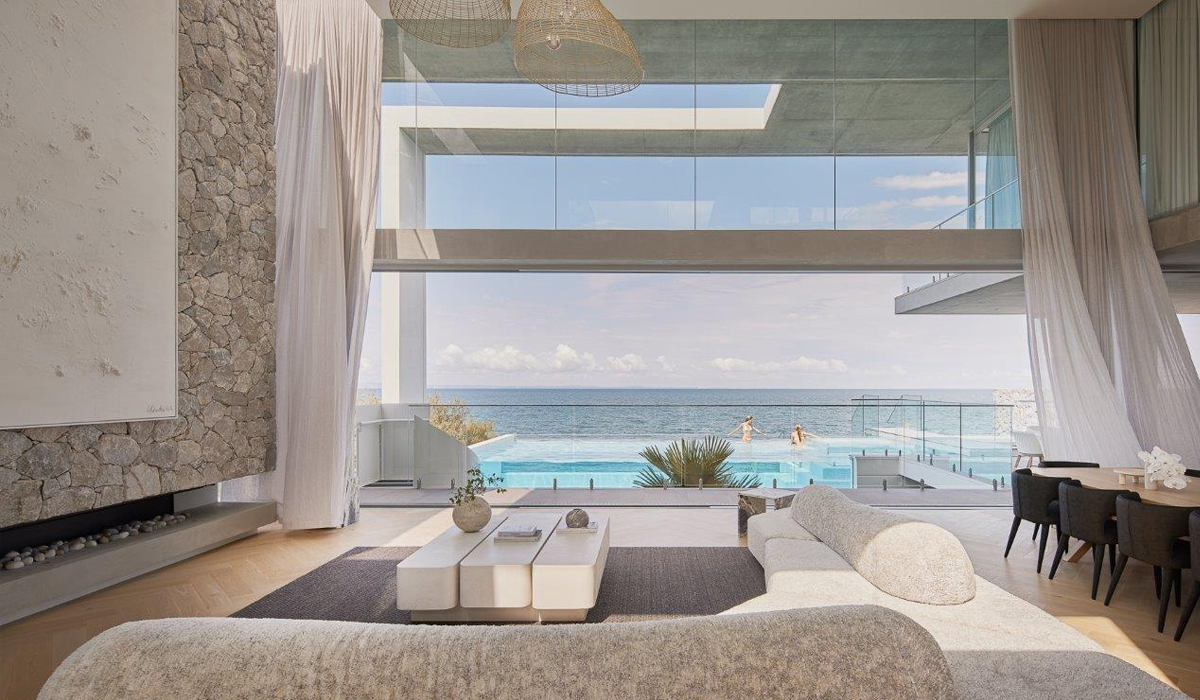The latest neuro-craze to catch our attention is neuroarchitecture.
What is it? Eve Edelstein, a research director and one of the pioneers of neuroarchitecture, explains the concept to Houzz.
“Today, we use the term neuroarchitecture to describe how the brain and body behave in buildings,” she says.
“Our brain’s senses, perceptions, thoughts, emotions and actions respond to the air we breathe, the quality of light, the intensity of sound, and the colour, texture and dimension of all places.”
What’s an example of neuroarchitecture in practice? Let’s take a look at your living room to begin with. If the hero of your living room is your big screen TV it turns out you’ve been doing it all wrong!
“I suggest the most important neuroarchitectural principle is to design around people, and not the TV,” says Edelstein. “Position yourself to enjoy the sun when it’s out, make quiet spots for study, and create spaces that support the value of people coming together.”
Some other principles are ones you’re probably doing in some shape or form already. Block out unwanted noise and tone down light – particularly blue light at night. It’s also important to welcome the outdoors in – not the mozzies – but the gentle rustling of green leaves or sparkle of a water view or water feature.
So, there you have it, neuroarchitecture in a nutshell!
Think a new home could boost your wellbeing? View our current listings for sale or check our listings for rent.
